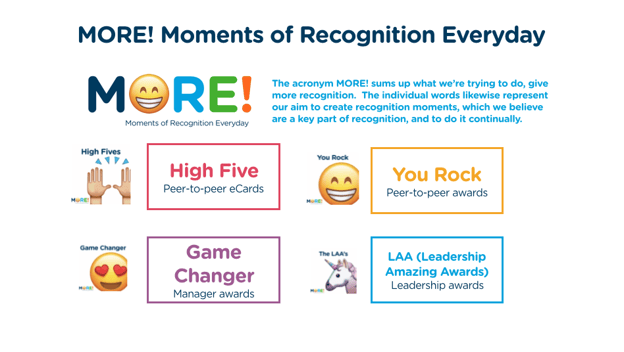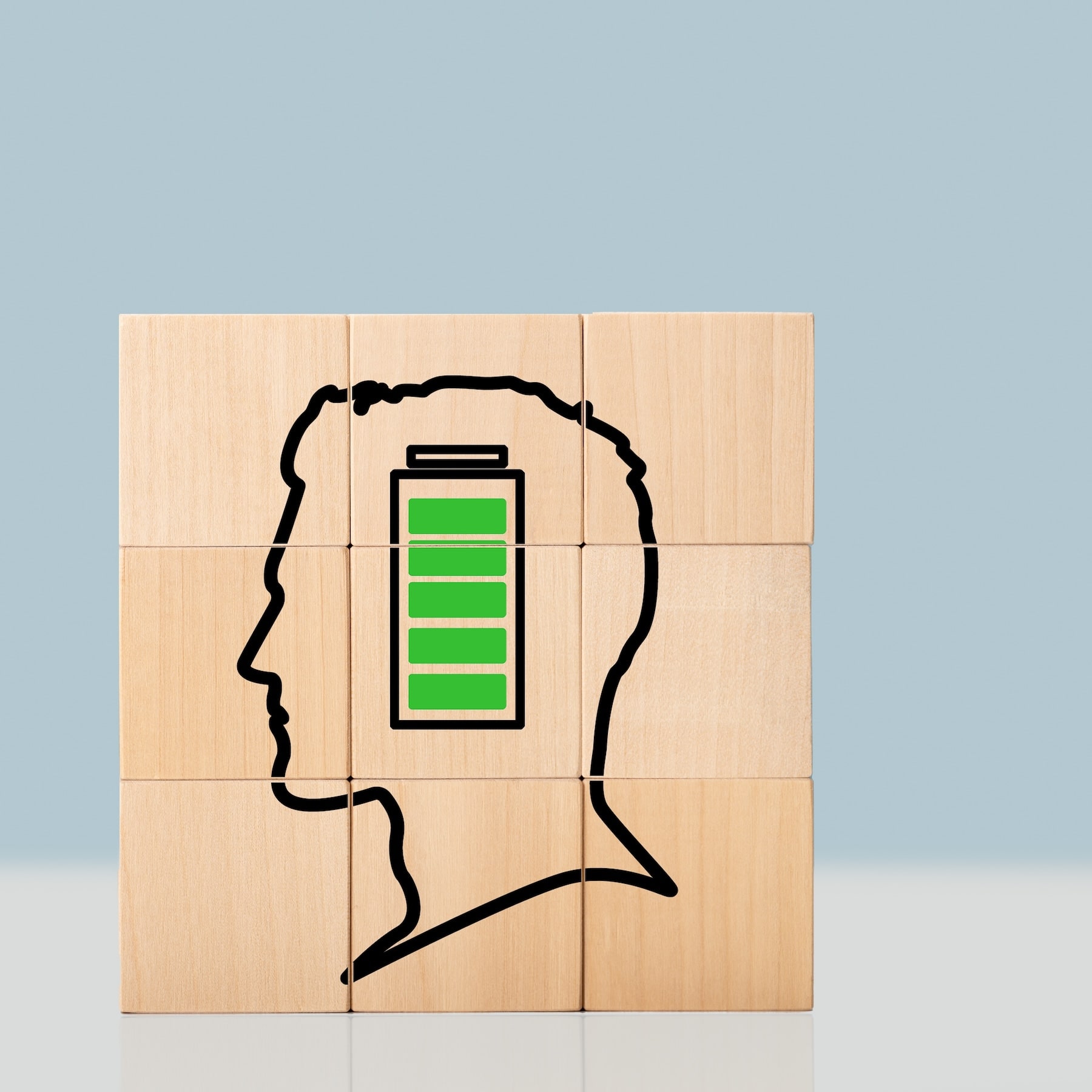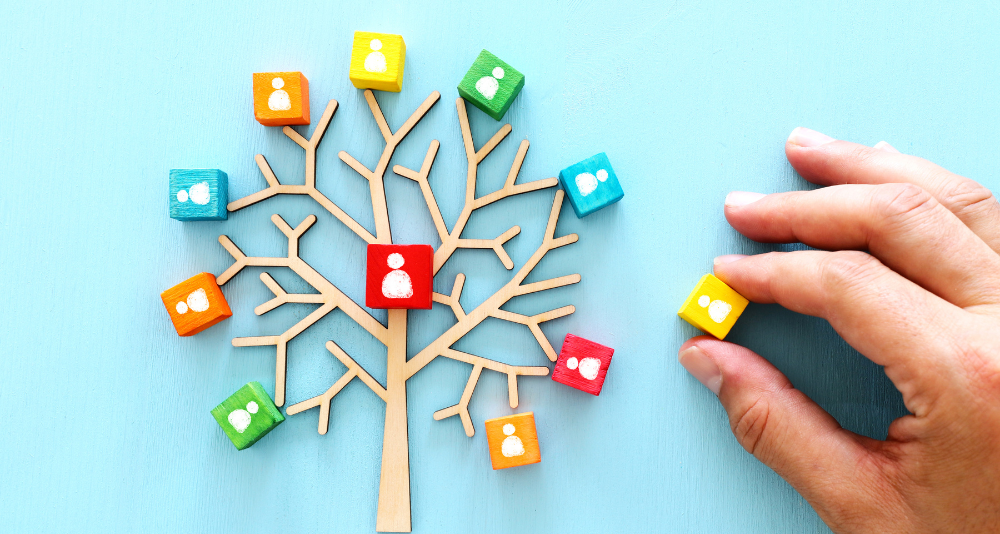
6 min read
Let me start out by saying that my husband and I are a bit like Noah and his ark - adopting two children, rescuing two dogs, and then rescuing another two dogs. What this means is that besides having two of everything, I’ve also been lucky enough to avoid the tough challenge of choosing a name. Which, according to my friends, is good, because it’s never easy to do.
Likewise, for those of you who’ve had to name a recognition programme, or any HR programme, you’ll know that it isn’t particularly easy naming one of these either.
The name of your recognition programme is similar to choosing the proper placement for a cornerstone of a building — choose wisely, and your building will stand tall. But the wrong placement means your building will likely come tumbling down!
Your name is paramount to your programme’s success, which is to increase employee engagement at your company.
And if the challenge of getting it right wasn’t enough, when I was asked recently to name our new employee recognition programme I had an even greater challenge - how do you get it really right when you work for a company that has a value of pushing the boundaries, so the pressure is truly on to be something special.
No worries, I work with a very talented and creative group of employees, so was confident that we could rise to this challenge. I’m happy to say we did with our choice “MORE!” - meaning Moments of Recognition Everyday, chosen to reflect our new four individual recognition plans (more on that later).
Learn more ways to build moments of recognition with our template »
Along the way, I learned a few things. And I know I’m not alone in this challenge of choosing the right name. Let’s take a look at four top lessons I learned while choosing a name for not only our programme, but also the plans that make up our new programme, MORE!

Lesson One: Involve others
One of the hardest lessons I’ve learned over the years is that as much as I’d like to say that I’m great at everything, I am not. With a glass of wine I get a bit more creative, but I knew this wouldn’t be enough this time. So instead of downing an entire bottle of wine, we went out to all of our employees and asked for their help and for their suggestions. We gave them the idea behind each of the plans, and handed it over to them.
Why? By involving others you not only increase the list of ideas to choose from, but you also get buy-in for the name and even the programme as your employees feel a part of the decision.
Lesson Two: Don’t settle
I’d like to say that we received "the" perfect name from involving our employees, but it didn’t happen. There were many that were very good, and yes we could have taken one, but we didn’t feel that any were, like Goldilocks, just right. So even though we had our backs up against the wall to come up with names based on our project timeline, we didn’t settle, we didn’t give up and we stayed focused.
Why? Since a name is something that is going to be around for awhile, you really want to get it right. If you give up you’ll kick yourself later, thinking “if only” I had stuck it out and waited for the right name.
Lesson 3: Create meaning
The reason the names suggested by employees weren’t right, was because they didn’t meet our objective of being meaningful. Since we had four plans, we felt that if the names didn’t have meaning, employees wouldn’t be clear as to which was the appropriate plan to use at different times. So although many of our employee-suggested names which were clever and fun, they didn’t have this meaning. So our project team continued to work together until we found names that did have meaning, taking inspiration from names suggested by employees and brainstorming until we had these new meaningful names:

Here's a little more about the plans themselves:
High Five: This is our first level of peer-to-peer recognition, with non-monetary eCards being sent. They’re for the times when you want to thank someone for helping out or a job well done. As I’ve said before, everyone loves giving (and receiving!) a high five, so the name was perfect.
You Rock: This is our first level of recognition awards, where small recognition tokens or moments are given for going above and beyond in how you act or behave. The name You Rock is a great symbol for this, letting the employee know they rocked by contributing more.
Game Changer: These are our manager awards, and are for that next level of contribution. The name game changer symbolises this well, making it easy to understand that the person has made a real difference by what they’ve accomplished.
LAA (Leadership Amazing Awards): These are the highest level of contribution, coming from a member of our leadership team. The name is a bit playful, but also symbolises that the person being recognised has been amazing.
Why? If you want your employees to embrace and truly understand how your recognition plans work, you need to create instant and easily recognisable meaning. Without it, you could be setting your programme up for failure, not giving your employees the tools to use them properly.

Lesson Four: Create a bit of magic
Just as important as the names, is the magic you create surrounding them. For us, we decided to use emojis to create this magic, using them as the branding surrounding our names. This created an additional layer of meaning, with the emoji delivering an immediate feeling.
We did this for an emoji for each plan, but also for the two levels of our Game Changer awards, which are:

I’d like to end by saying that so many were involved in our final naming, from a senior sales consultant to members of our people team and client support — it truly was a team effort, and goes to show that sometimes the best ideas are sitting right in front of you in your people.

 Debra Corey
Debra Corey



